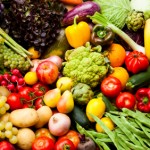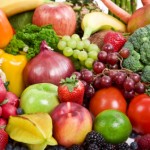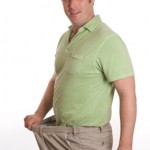An old friend forwarded an article on vitamins yesterday, one that I read with special interest. It came from MedPage Today, an online medical news service for healthcare professionals that partners with the University of Pennsylvania School of Medicine to offer physicians continuing medical education credit (CME) for reading articles and then answering a few questions.
The article was titled "Vitamin Studies Spell Confusion for Patients" and extensively quoted Dr. David Katz fromYale's prevention research center. He is an adjunct Associate Professor at Yale's School of Medicine and an internationally renowned authority on nutrition. He comments that, based on the recent study I mentioned several posts ago, many clinicians say they've written off supplements for good.
Yet 50% of Americans take supplements; many take more than just a multivitamin.
Then Dr. Katz offers some caveats as I did, stating the Iowa study is "merely observational and can't prove cause and effect." He still recommends omega-3 fatty acids (AKA "fish oil") and vitamin D for most of his patients and adds calcium for women and prenatal vitamins and folic acid for pregnant women. otherwise he only uses vitamins when there are deficiencies.
A recent pole of clinicians found that 70% favor annual screening of specific vitamin levels to treat deficiencies. Which vitamins (and minerals) might be measured as part of an annual focused screening examination and whether medical insurance plans would cover such laboratory tests has not been delineated, as best I can find.
But I'm seventy, and articles from 2005 to 2010 in authoritative sources, talk about seniors needing much more B12, having multiple minor, but significant, vitamin deficiencies, and not eating well-balanced, healthy diets, even here in the United States, much less in other spots around the world. I'm lactase deficient and small-boned; do I need a calcium supplement?
I agree with Dr. Katz that eating a balanced diet would be a better answer, at least for those who are younger. The concept of "eating your colors," i.e., having multiple suit and vegetable dishes over the day which contain different phytochemicals as represented by the color of the food itself, makes great sense.
How many Americans do that at present or are likely to do that even if medical figures recommend such?
I regard this as an ongoing discussion. Dr. Katz is certainly correct in saying that vitamins have been shown to treat disease states, but not to prevent chronic disease. The surmise in the article in MedPage seems sound to me: vitamin isolates are less effective on their own and a full blend of antioxidants and phytochemicals (again, best found in those whole fresh fruits and vegetables, may be the key to obtaining maximum benefits.
This discussion is likely to go on and on, so I'll supply two URLs that may help you, in consultation with your own physician, make choices that are relevant to your nutritional status, age and degree of health.
http://www.uspharmacist.com/content/d/senior%20care/c/21981/
http://www.fda.gov/Food/DietarySupplements/ConsumerInformation/ucm110493.htm








